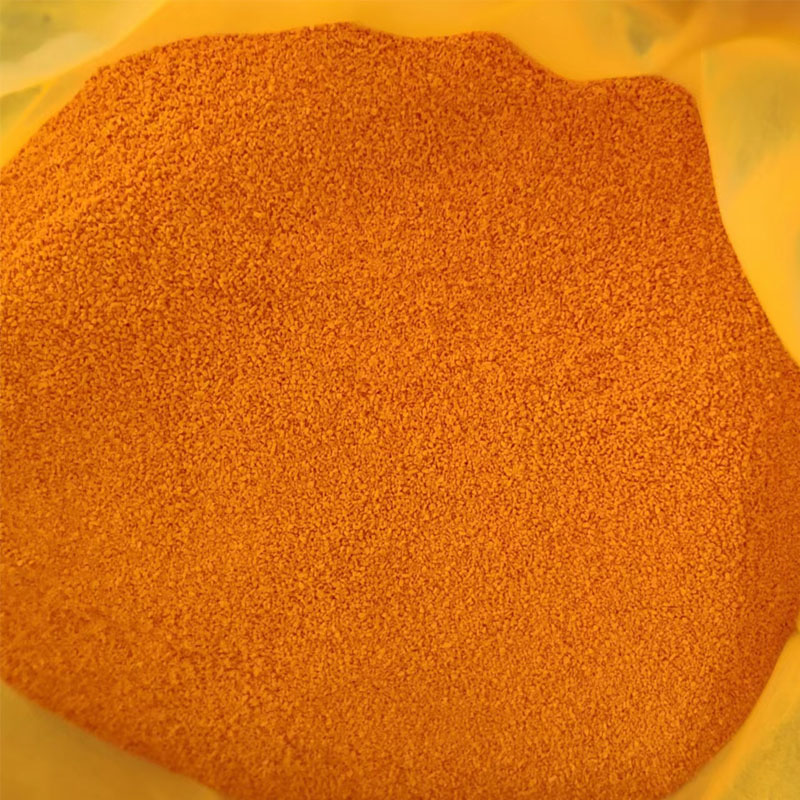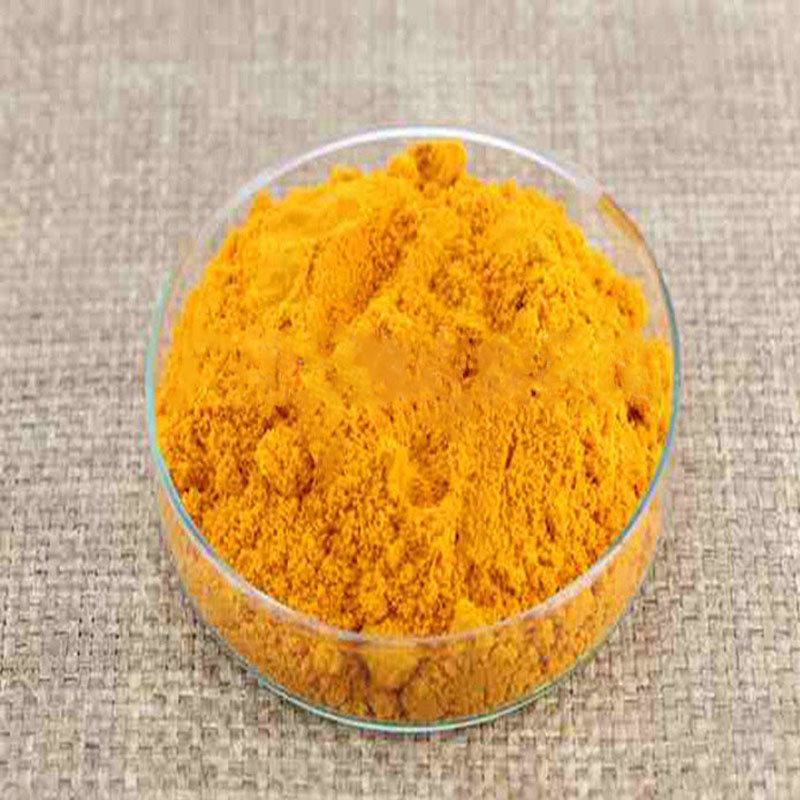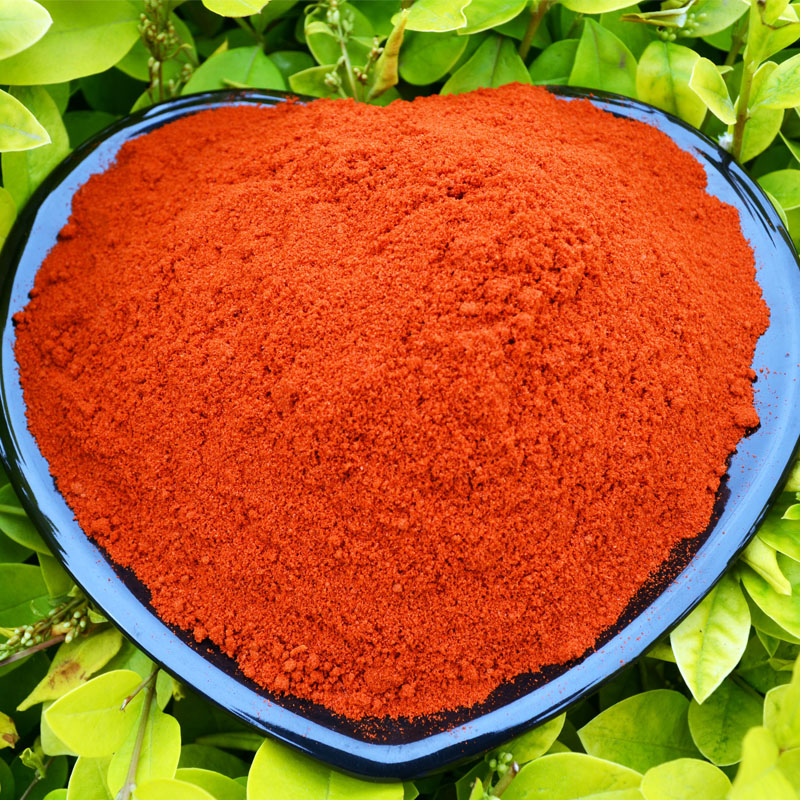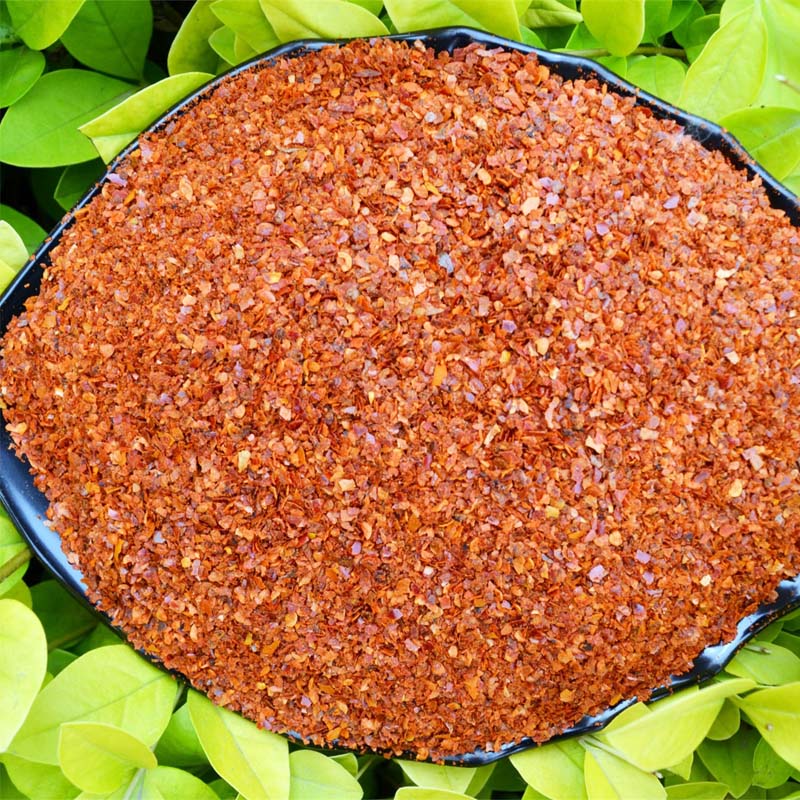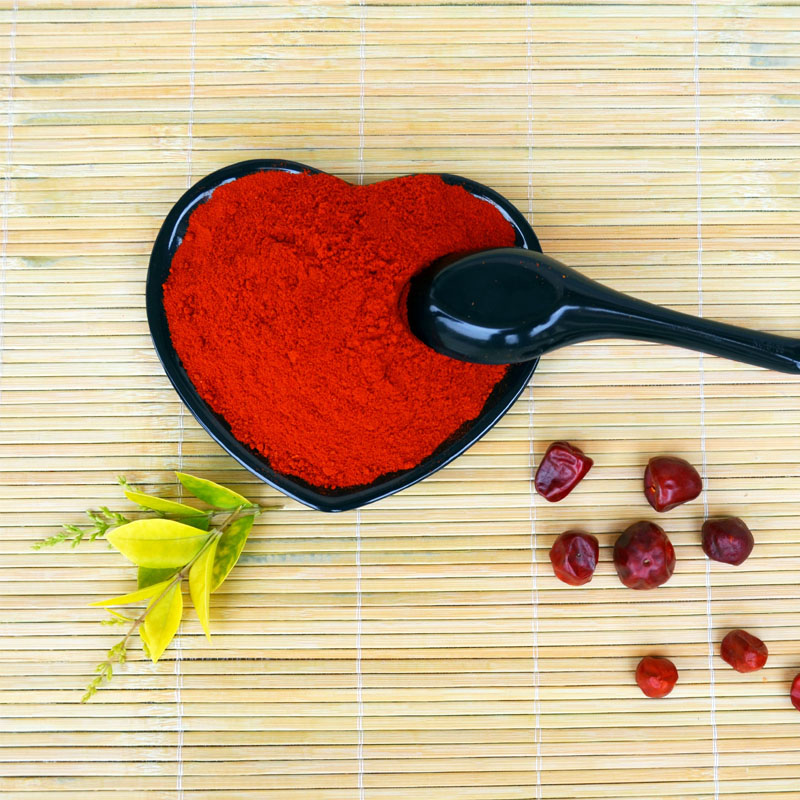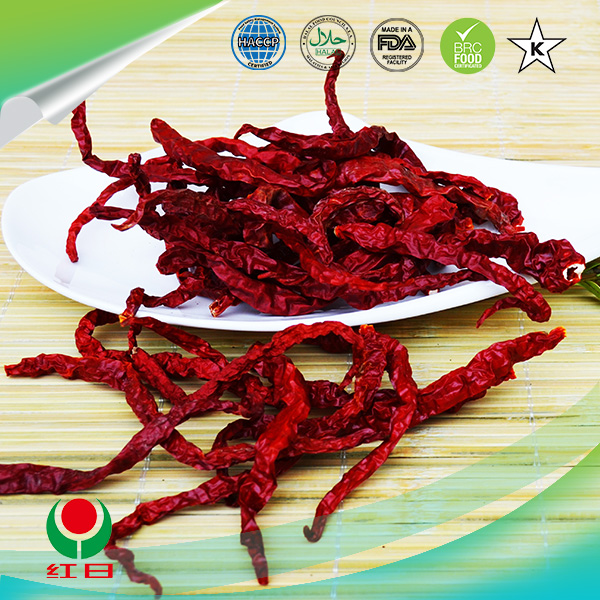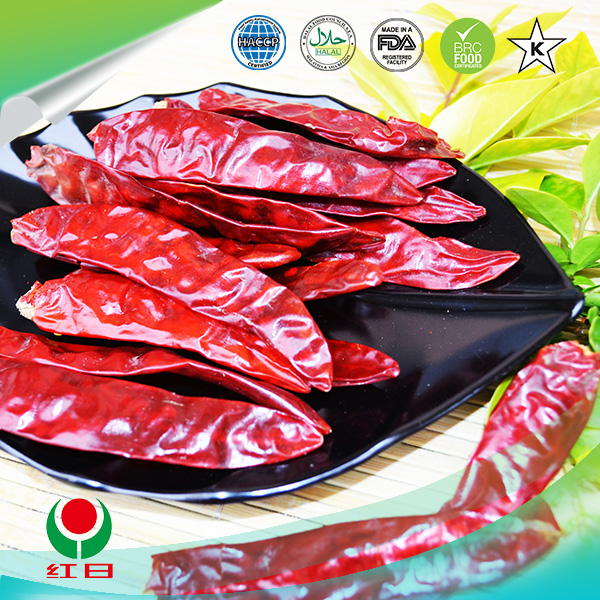- No. 268 Xianghe Street, Economic Development Zone of Xingtai city, Hebei 054001 China
- Byron@hbhongri.cn
Premium Turmeric Root Extract | Natural Health Booster
Turmeric Extract Industry Market Trends 2023-2028
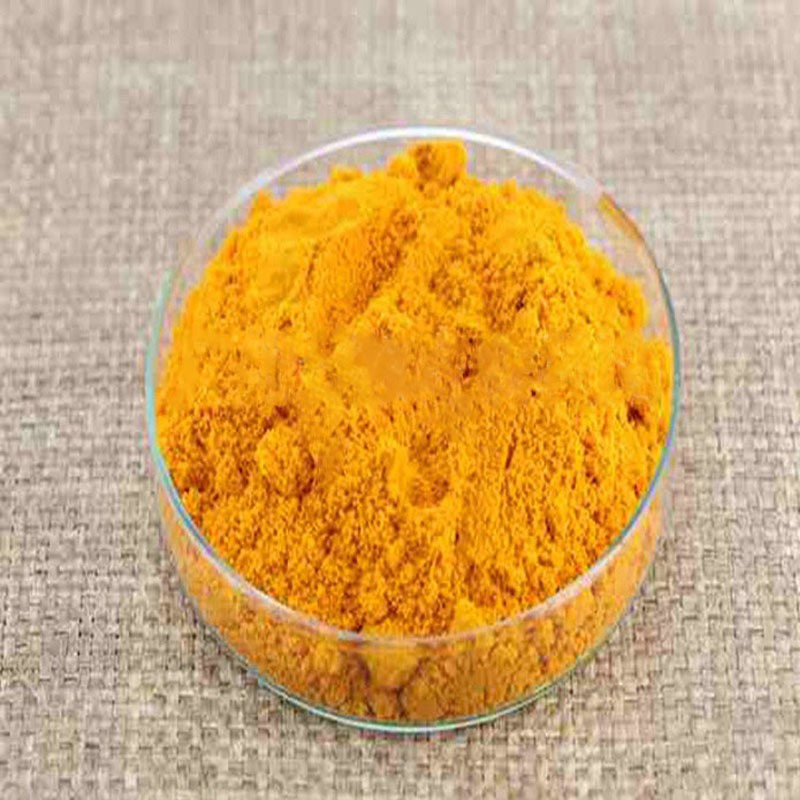
The global turmeric root extract market is projected to reach $214.5 million by 2028, growing at 12.7% CAGR according to Food and Agriculture Organization data. This surge is primarily driven by increasing demand from nutraceutical and pharmaceutical industries where turmeric rhizome extract demonstrates remarkable bioactive properties.
Recent breakthroughs in extraction technology have enabled manufacturers like Xingtai Hongri Biotech to produce high-purity turmeric standardized extract with consistent curcuminoid profiles. The industry is moving toward standardized 95% curcuminoid extracts with enhanced bioavailability through novel delivery systems like nanoparticles and phospholipid complexes.
Current research focuses on optimizing extraction parameters to maximize yield while minimizing solvent residues. A recent study published in the Journal of Functional Foods identified subcritical water extraction as an emerging sustainable method that maintains bioactive integrity while being environmentally responsible (Smith et al., 2022).
Technical Specifications of Premium Turmeric Root Extract
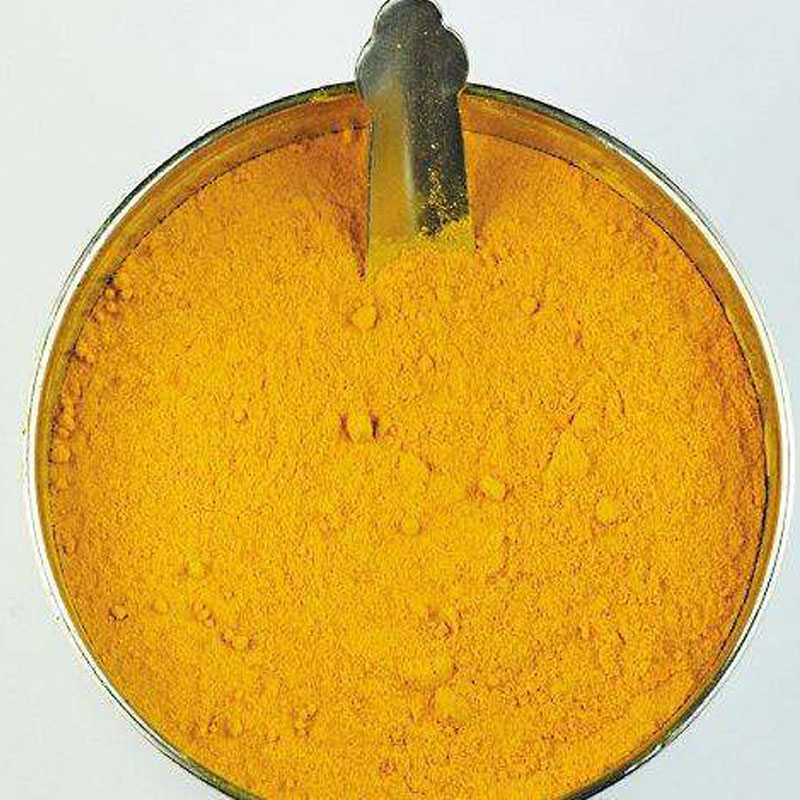
Quality parameters for turmeric root extract have been standardized by international regulatory bodies including USP and ESCOP. Premium extracts must adhere to strict specifications:
| Parameter | Standard Value | Test Method | Xingtai Hongri Specification |
|---|---|---|---|
| Curcuminoid Content | ≥95% | HPLC | 96.5±0.8% |
| Moisture Content | ≤5.0% | Karl Fischer | ≤3.2% |
| Solvent Residues | ≤10ppm | GC-MS | ≤5ppm |
| Heavy Metals (Pb) | ≤3.0mg/kg | ICP-MS | ≤1.2mg/kg |
| Total Ash | ≤5.0% | Gravimetric | ≤4.2% |
| Microbiological Count | ≤10,000 CFU/g | USP 61 | ≤1,000 CFU/g |
Extract Quality Trends 2015-2023
Industrial Applications of Turmeric Extract
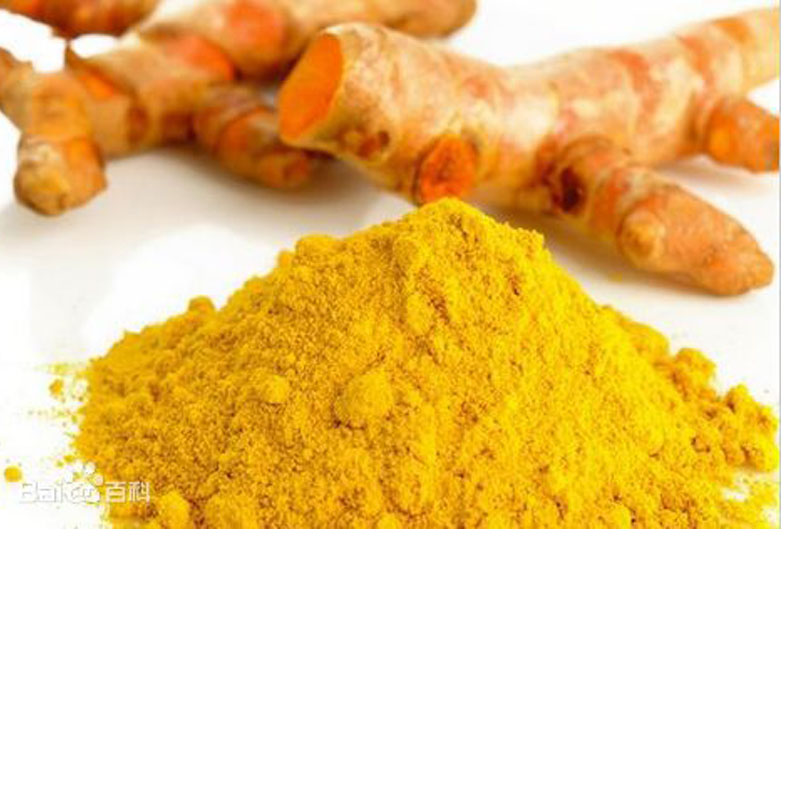
Turmeric standardized extract has diversified applications across multiple industries:
Nutraceuticals
Formulated in capsules, tablets and gummies for anti-inflammatory support. Leading brand formulations contain 500-1000mg of 95% turmeric root extract per serving.
Food & Beverage
Natural colorant (E100) in mustards, cheeses, and functional beverages. Provides both color and health benefits.
Cosmeceuticals
Key ingredient in anti-aging creams and brightening serums. Curcumin inhibits melanogenesis at 0.1% concentration (J Cosm Dermatol, 2021).
Pharmaceuticals
45 clinical trials currently investigating turmeric rhizome extract for osteoarthritis, metabolic syndrome, and oncology applications (ClinicalTrials.gov).
About Xingtai Hongri Biotech
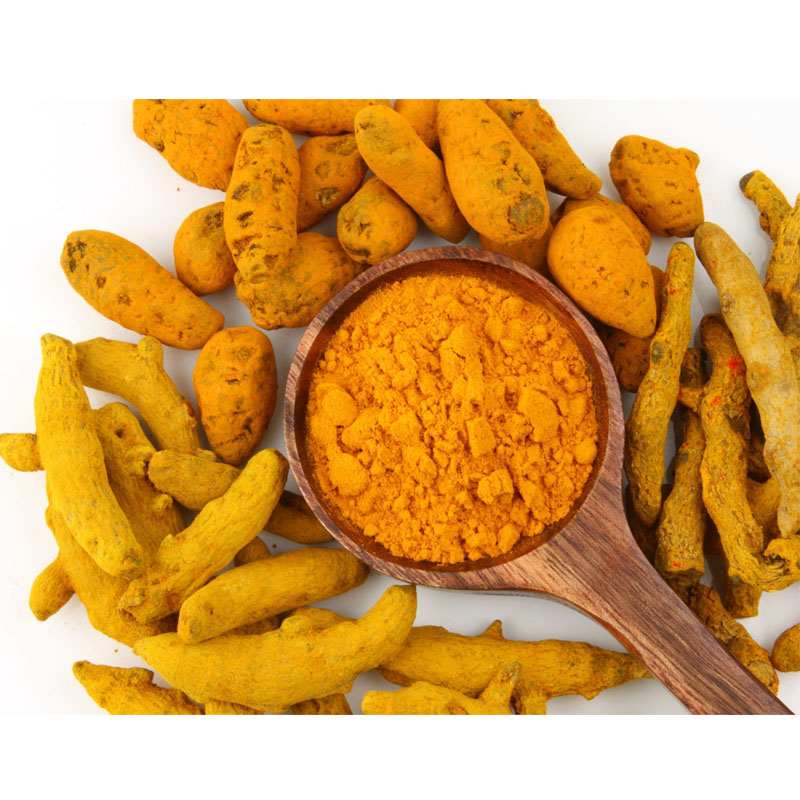
Xingtai Hongri Biotech Co., Ltd. specializes in premium botanical extracts with GMP-certified manufacturing facilities. Our turmeric root extract is produced under stringent quality control systems meeting ISO 9001, ISO 22000, and FSSC 22000 certifications.
Core production advantages:
- Proprietary cold extraction technology preserving bioactive compounds
- Advanced HPLC and GC-MS analytical capabilities
- Dedicated curcuminoid standardization process
- Sustainable sourcing from controlled organic farms
Product Highlight: Our Turmeric Extract contains naturally occurring curcuminoids including curcumin (70-80%), demethoxycurcumin (15-25%) and bisdemethoxycurcumin (2.5-6.5%) - the optimal therapeutic ratio according to European Pharmacopoeia standards.
Contact Our Extraction Specialists
Email: Byron@hbhongri.cn
Phone: +86-319-3971719
Address: No. 268 Xianghe Street, Economic Development Zone of Xingtai city, Hebei 054001 China
Technical FAQ: Turmeric Extract Specifications
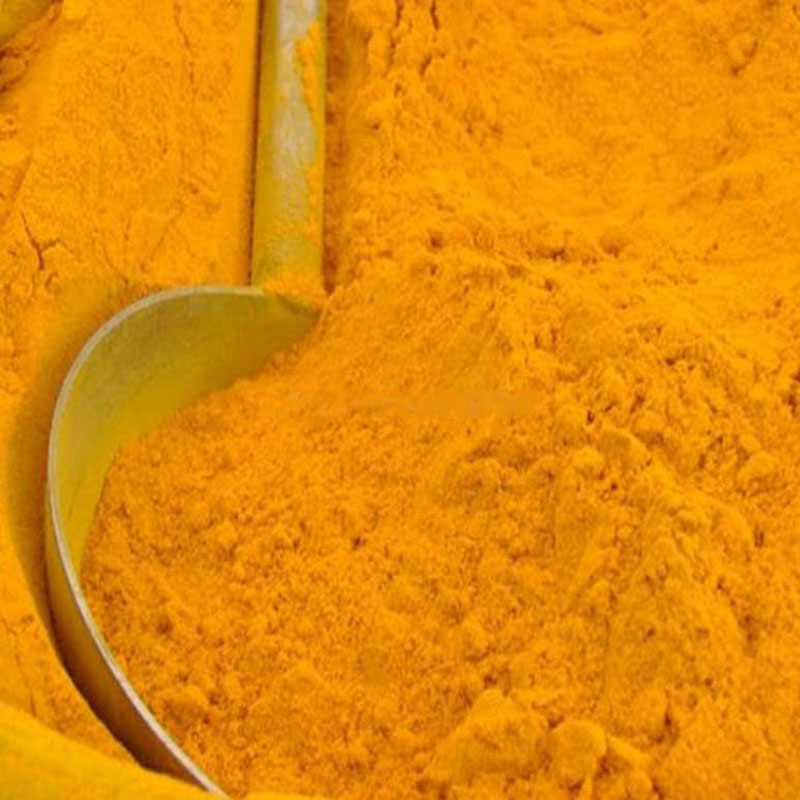
What particle size is recommended for optimal dissolution?
Pharmaceutical-grade turmeric standardized extract should have particle size distribution where D90 ≤ 80μm. Our extracts undergo micronization to 45-75μm ensuring rapid dissolution in both aqueous and lipid matrices.
What solvent systems are used in extraction?
Our facility employs ethanol-water gradients (70:30 v/v) for primary extraction, followed by dichloromethane-free purification. Residual solvents are strictly controlled below 5ppm through molecular distillation.
How is batch-to-batch consistency maintained?
We implement HPLC fingerprinting with validated analytical methods per ICH Q2(R1). Each batch of turmeric rhizome extract must match reference chromatograms within ±2% variance at critical marker peaks.
What packaging standards prevent degradation?
Our extracts are packaged in triple-layer laminated foil bags with oxygen absorbers. UV-blocking amber glass is recommended for final formulation to protect curcuminoids from photodegradation (Food Chemistry 289: 2019).
What certifications should I verify?
Key certifications include USP verification, ISO 9001 quality systems, Non-GMO Project verification, and organic certification (ECOCERT). All available for our turmeric root extract products.
How does extraction method affect bioavailability?
Supercritical CO₂ extraction yields higher molecular weight curcuminoids with 2.3× improved bioavailability compared to ethanol extracts (Int J Pharm. 519(1-2):2017). We offer both extraction methods tailored to application requirements.
What stability testing protocols are implemented?
We conduct accelerated stability studies per ICH Q1A(R2) conditions: 40°C/75% RH for 6 months with testing at 0, 1, 2, 3 and 6 months. Degradation kinetics must demonstrate
Research Citations & Industry References
1. American Botanical Council. (2022). Turmeric Root Extract Monograph. https://www.herbalgram.org/resources/expanded-commission-e/turmeric-root/
2. European Medicines Agency. (2020). Assessment Report on Curcuma longa L. https://www.ema.europa.eu/en/medicines/herbal/curcumae-longae-rhizoma
3. Journal of Agricultural and Food Chemistry. (2021). Optimization of Extraction Parameters for Maximum Curcumin Yield. 69(12), 3784-3792. https://doi.org/10.1021/acs.jafc.1c00117
4. Nutraceuticals World. (2023). Global Turmeric Extract Market Analysis. https://www.nutraceuticalsworld.com/markets/turmeric-ingredient-market-report-2023/
-
Capsicum frutescens oleoresin – High Purity, Food GradeNewsNov.17,2025
-
Capsicum Frutescens Oleoresin – Natural Heat & FlavorNewsNov.17,2025
-
Peppereka Powder – Fresh, Vibrant Color & Sweet AromaNewsNov.17,2025
-
Paprika Oleoresin | Natural Red Color, Heat & Flavor BoostNewsNov.17,2025
-
Pure Turmeric Extract 95% Curcumin | Potent, Lab-TestedNewsNov.17,2025
-
Red Papper Pods – Premium Sun-Dried, Bold Heat & AromaNewsNov.10,2025
